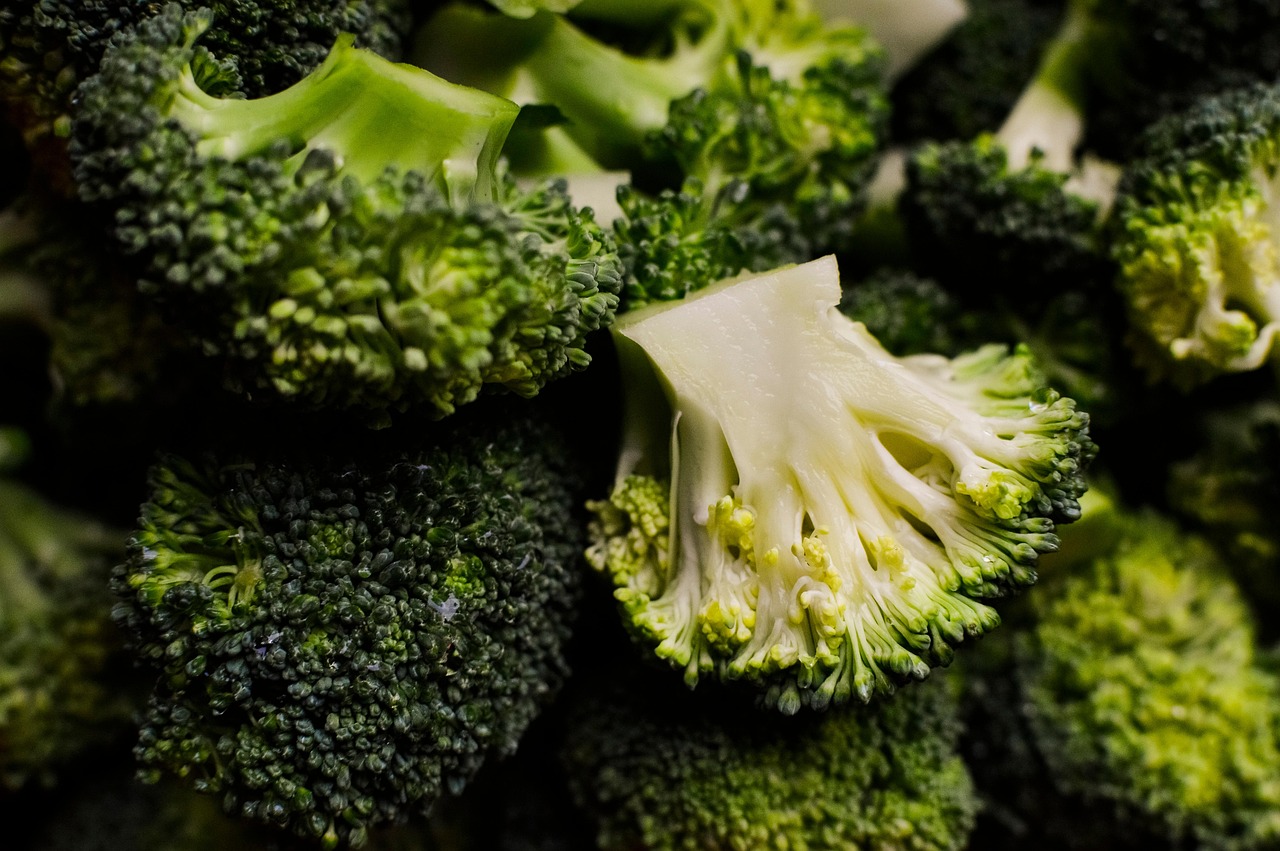“`html
Dietary fiber is more than just a buzzword in health and nutrition; it is a crucial aspect of our diets that can significantly impact overall health and well-being. From enhancing digestive health to reducing the risk of chronic diseases, understanding dietary fiber and its benefits can lead to healthier lifestyle choices. In this comprehensive guide, we will explore the different types of dietary fiber, its benefits, sources, and ways to incorporate it into your daily meals.
What is Dietary Fiber?
Dietary fiber, also known as roughage or bulk, refers to the indigestible parts of plant foods. It comes in two main types: soluble and insoluble, each playing unique roles in maintaining health.
Types of Dietary Fiber
- Soluble Fiber: This type dissolves in water, forming a gel-like substance. It is found in foods like oats, beans, lentils, apples, and citrus fruits.
- Insoluble Fiber: This type does not dissolve in water and helps add bulk to stool, preventing constipation. It is found in whole grains, nuts, and vegetables like cauliflower and potatoes.
Health Benefits of Dietary Fiber
Incorporating an adequate amount of dietary fiber into your diet provides numerous health benefits, making it essential for overall wellness.
Digestive Health
- Promotes Regularity: Insoluble fiber adds bulk to the stool, making it easier to pass.
- Prevents Constipation: Soluble fiber helps absorb water and softens the stool.
According to the National Institute of Diabetes and Digestive and Kidney Diseases, adding fiber to your diet can drastically reduce the risk of gastrointestinal issues.
Weight Management
- Increases Satiety: High-fiber foods can make you feel fuller for longer, which can help control appetite.
- Low in Calories: Many fiber-rich foods are nutrient-dense but low in calories.
Studies show that individuals who consume a high-fiber diet tend to maintain a healthier weight over time.
Heart Health
- Lowers Cholesterol Levels: Soluble fiber can help reduce LDL cholesterol levels.
- Regulates Blood Sugar: Fiber helps slow digestion, leading to steadier blood sugar levels.
The American Heart Association recommends a high-fiber diet as part of a strategy to improve cardiovascular health.
How Much Fiber Do We Need?
The recommended daily intake of fiber varies by age and gender, but general guidelines suggest:
- Women (age 19-50): 25 grams per day
- Men (age 19-50): 38 grams per day
- Women (age 51+): 21 grams per day
- Men (age 51+): 30 grams per day
Most people only consume about 15 grams of fiber a day, making it important to focus on increasing your intake.
Top Sources of Dietary Fiber
Adding a variety of fiber-rich foods to your diet is essential to achieving the recommended daily intake. Here are some top sources:
High-Fiber Foods
- Fruits: Raspberries (8 grams per cup), Pear (5.5 grams)
- Vegetables: Broccoli (5 grams per cup), Carrots (4 grams)
- Legumes: Lentils (15.5 grams per cup), Black beans (15 grams)
- Whole Grains: Quinoa (5 grams per cup), Oats (4 grams per cup)
- Nuts and Seeds: Chia seeds (10 grams per ounce), Almonds (3.5 grams per ounce)
Practical Tips to Increase Fiber Intake
- Start your day with a high-fiber breakfast like oatmeal topped with fruits.
- Snack on fruits or vegetables instead of chips or candy.
- Choose whole grain products over refined options.
- Add beans or lentils to salads and soups.
Conclusion
Incorporating dietary fiber into your daily diet is a simple yet effective way to enhance your overall health. With its numerous benefits—from improving digestive health to managing weight and supporting heart health—fiber is an essential nutrient that many of us fall short of. By understanding the types of fiber, recognizing the health benefits, and knowing where to find it, you can easily integrate more fiber-rich foods into your meals. Remember, gradual changes to your diet can lead to lasting effects, so start boosting your fiber intake today for a healthier tomorrow.
“`






